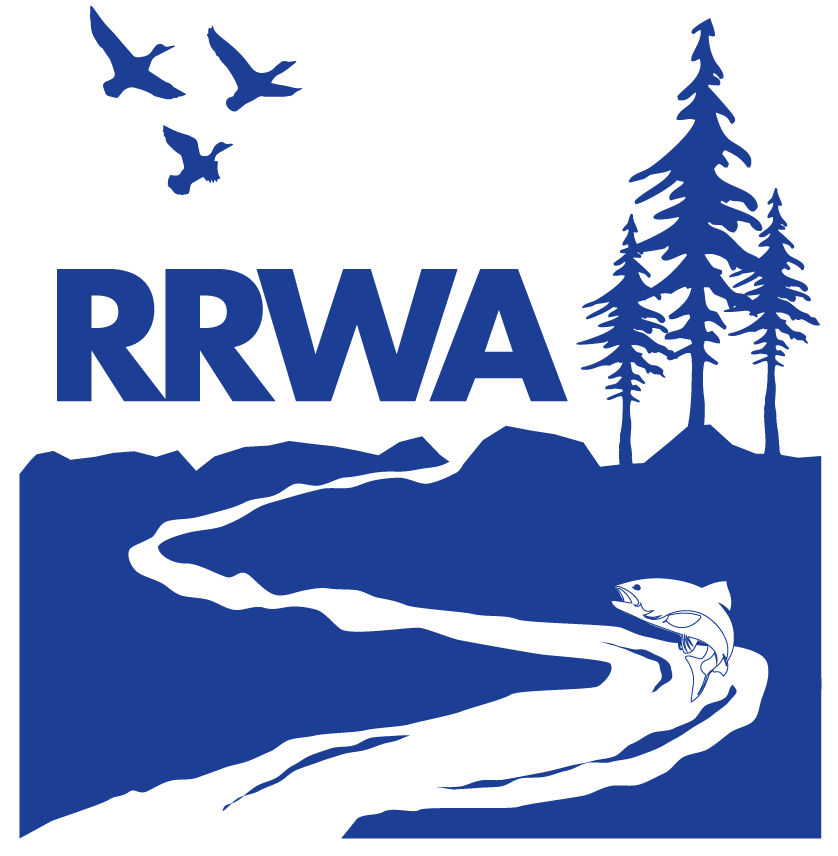Dog Doo Dilemma
There is nothing quite like taking a pleasant stroll and then you look down to see… yuck! A pile of dog doo, or commonly, many piles of dog doo.
Dog waste is a common sight on creeks and trails throughout the Russian River Watershed. Not only is it an eyesore, but it is also a health concern for people and the environment. To protect our water quality and quality of life on trails, please pick up after your dog and dispose the waste in the nearest trash bin on your next walk.
Many dog owners assume dog waste is harmless because it will naturally break down into the soil. However, there are thousands of dogs living within the watershed, which means a lot of dog doo! The Russian River Watershed can’t handle this amount of waste through natural processes. Even though the solids may decompose, harmful pathogens will remain in the soil for months or even years, and the excess nutrients will run off into waterways.
Unfortunately, water quality testing in many populated areas of our watershed reveals elevated levels of fecal bacteria in local creeks and waterways, and dog waste is a primary contributor to these elevated levels. Runoff from rain carries the bacteria and other pathogens found in dog waste, such as salmonella, toxocara, giardia, and tapeworm into these waterways. High concentrations of these harmful bacteria can make waters unhealthy for people and pets who recreate in or near the contaminated streams.

|
Photo note: The red flags mark dog waste in a 20‑foot stretch of the Windsor Creek Trail near Natalie Drive in Windsor. |
Dog waste is harmful to aquatic life. Nutrient runoff from the waste washes into creeks and rivers and acts like a fertilizer for algae, causing algal blooms. When the algae die, decomposers in the water use oxygen as they eat the algae. If the decomposers use up too much oxygen, fish and other aquatic life suffocate. Excess algae growth also causes the clear waters of the Russian River to turn a murky green, and some of these algal blooms can be harmful to pets and wildlife. For all of these reasons, it is important that you pick up after your dog!
Dog waste is an issue in neighborhoods. Some dog owners leave their dog’s doo on sidewalks or neighbors’ lawns, leaving neighbors to clean up the mess. Remember, if your dog left it behind, it’s your duty to pick up the doo.
The Russian River is the main source of drinking water and a prized natural resource for over 600,000 people in Sonoma, Mendocino, and Marin Counties. The watershed is home to countless wildlife species, including Coho Salmon, river otters, turtles, birds and salamanders. The health of the River is influenced by the health of the creeks feeding into it, and the health of these creeks reflects how we care for the land.
We can prevent this pollution! Please be a good neighbor and community member:
- Carry baggies with you. It’s a great idea to carry a few extra bags for your dog and for fellow dog owners who may have forgotten theirs.
- Pick up your dog’s waste and throw it in the trash, even if you have to walk a little further to carry it to the nearest trash bin.
Remember: if your dog poops, please scoop (even when nobody is watching)!
This article was authored by Cristina Goulart, Town of Windsor Storm Water Quality Program, on behalf of RRWA. RRWA is an association of local public agencies in the Russian River Watershed that have come together to coordinate regional programs for clean water, habitat restoration, and watershed enhancement.




